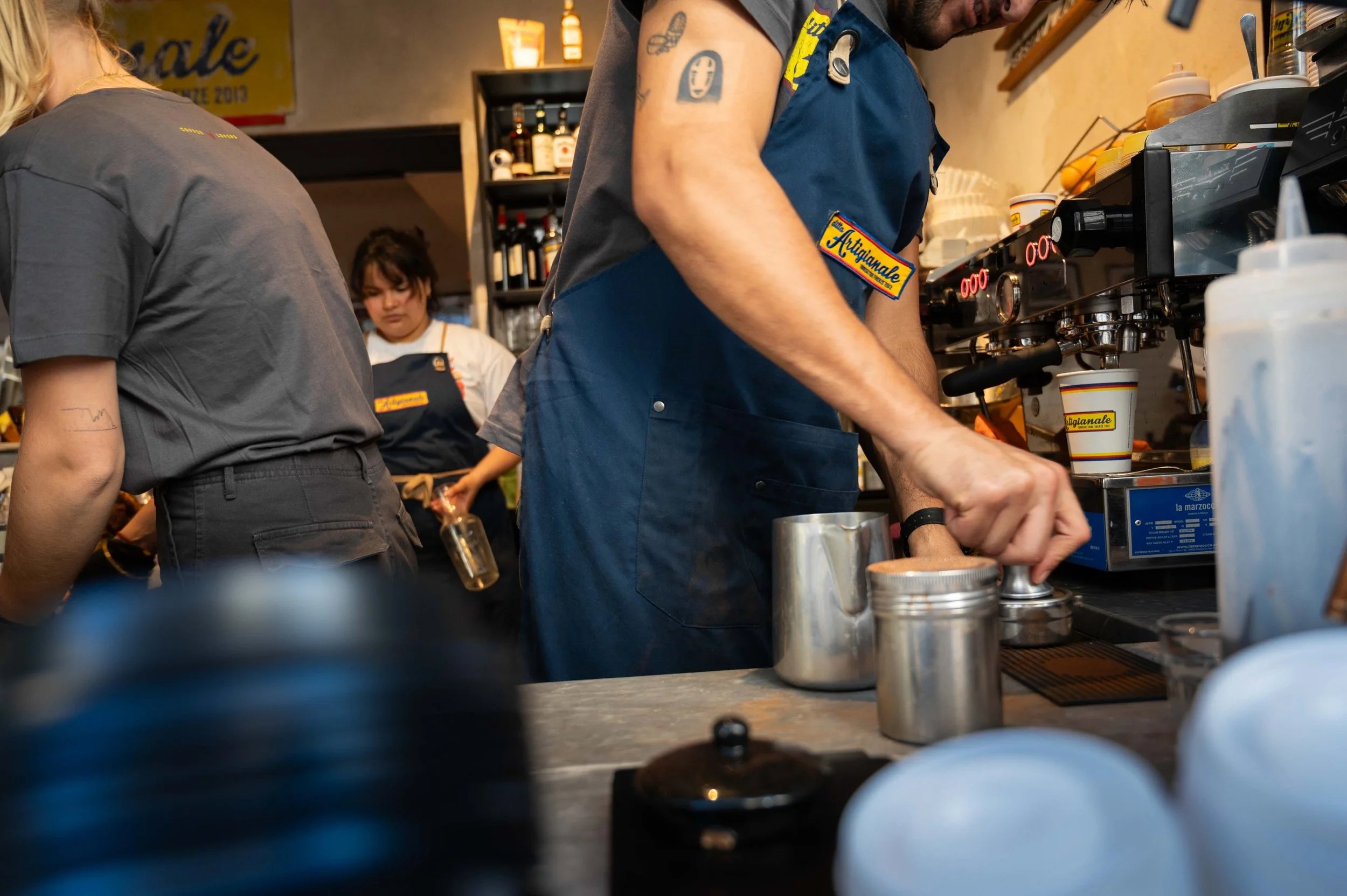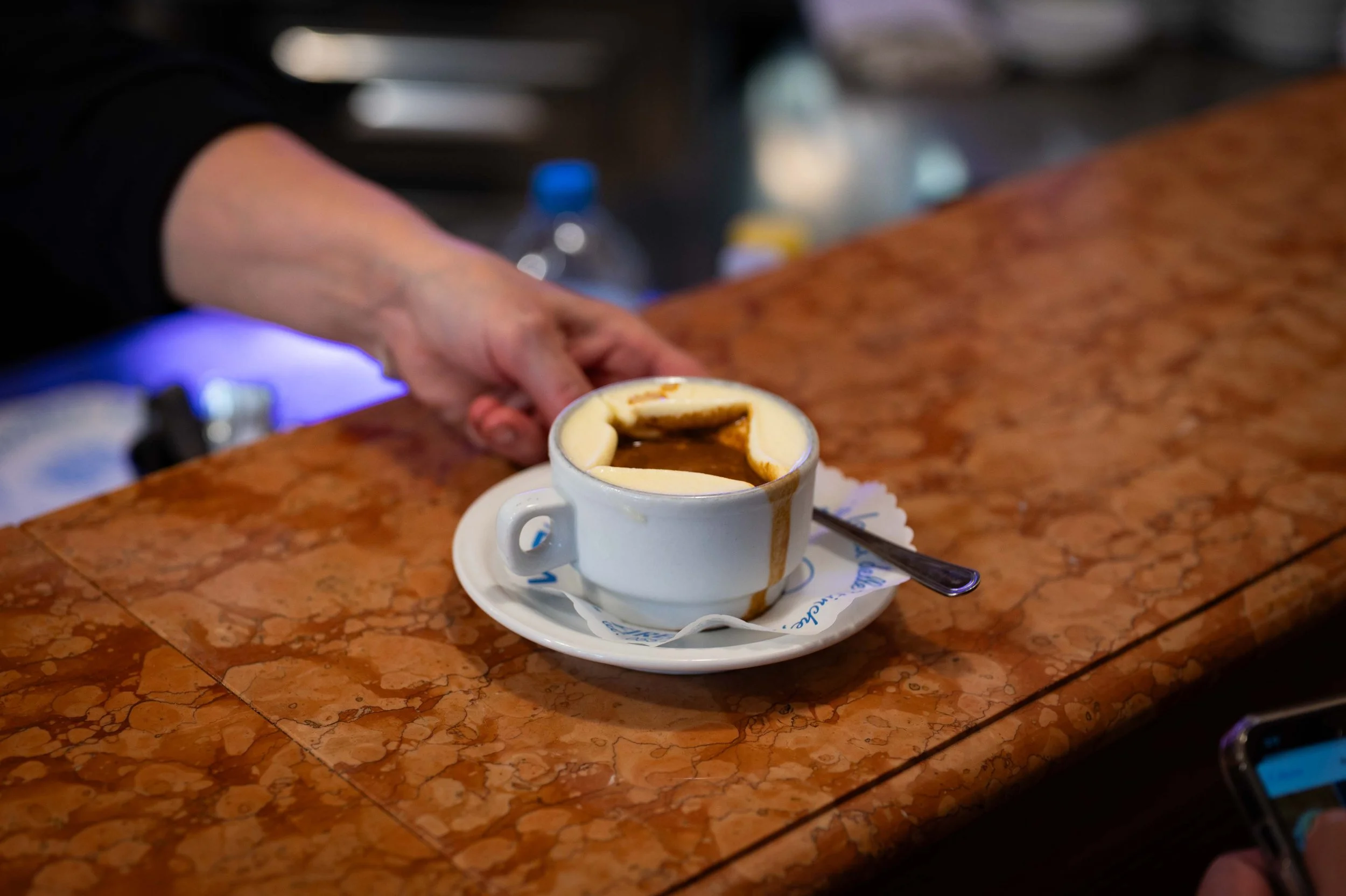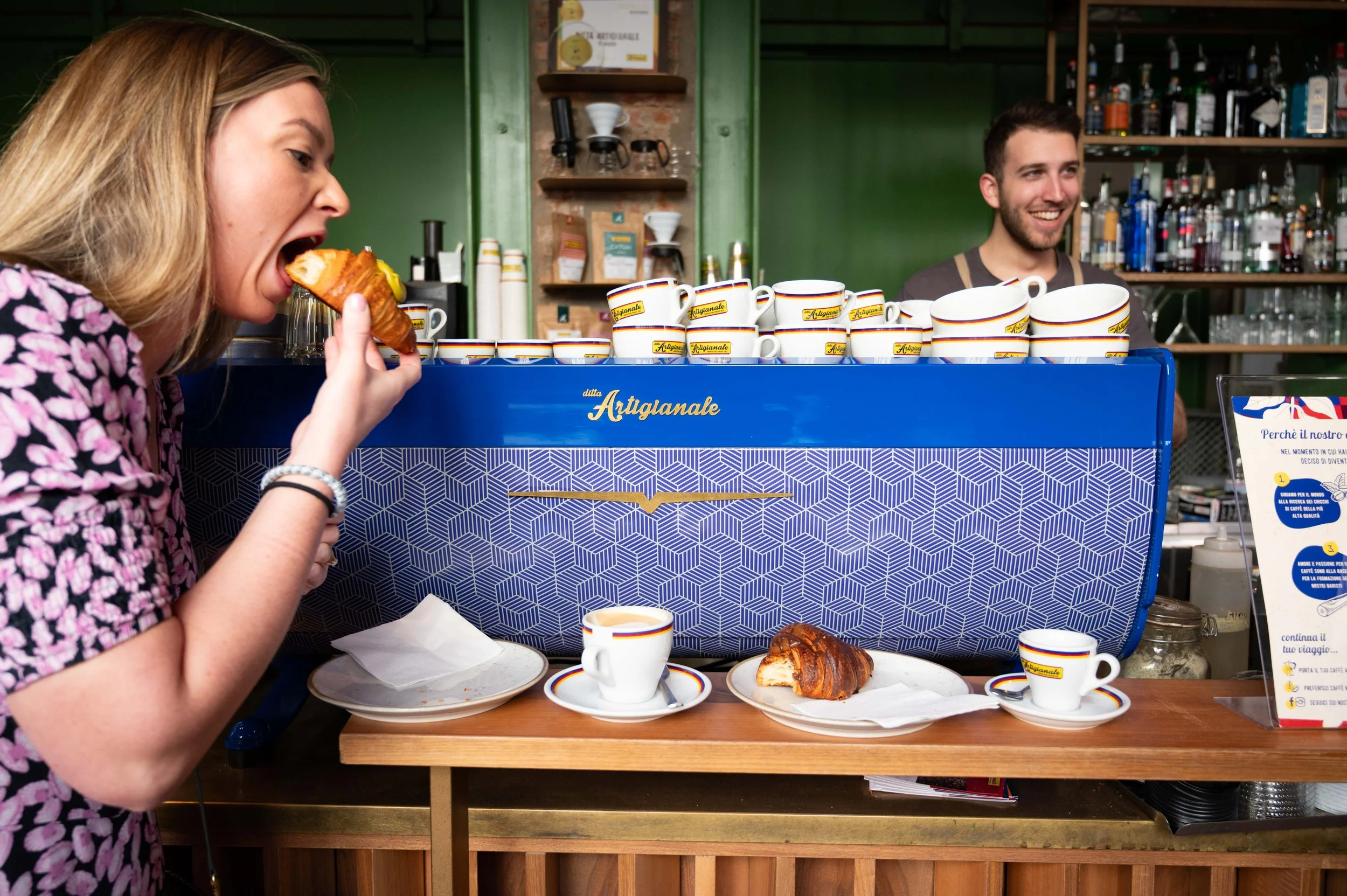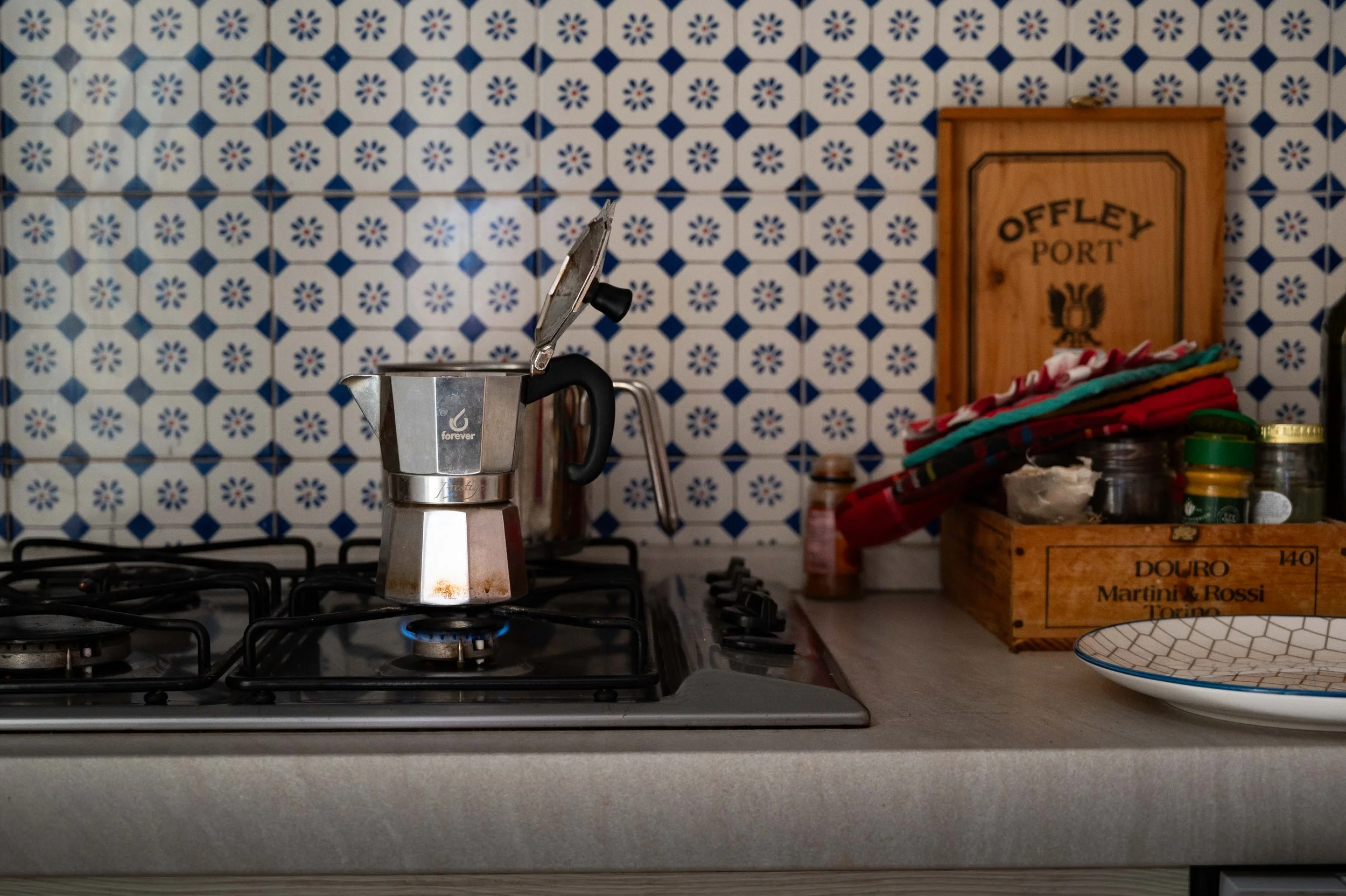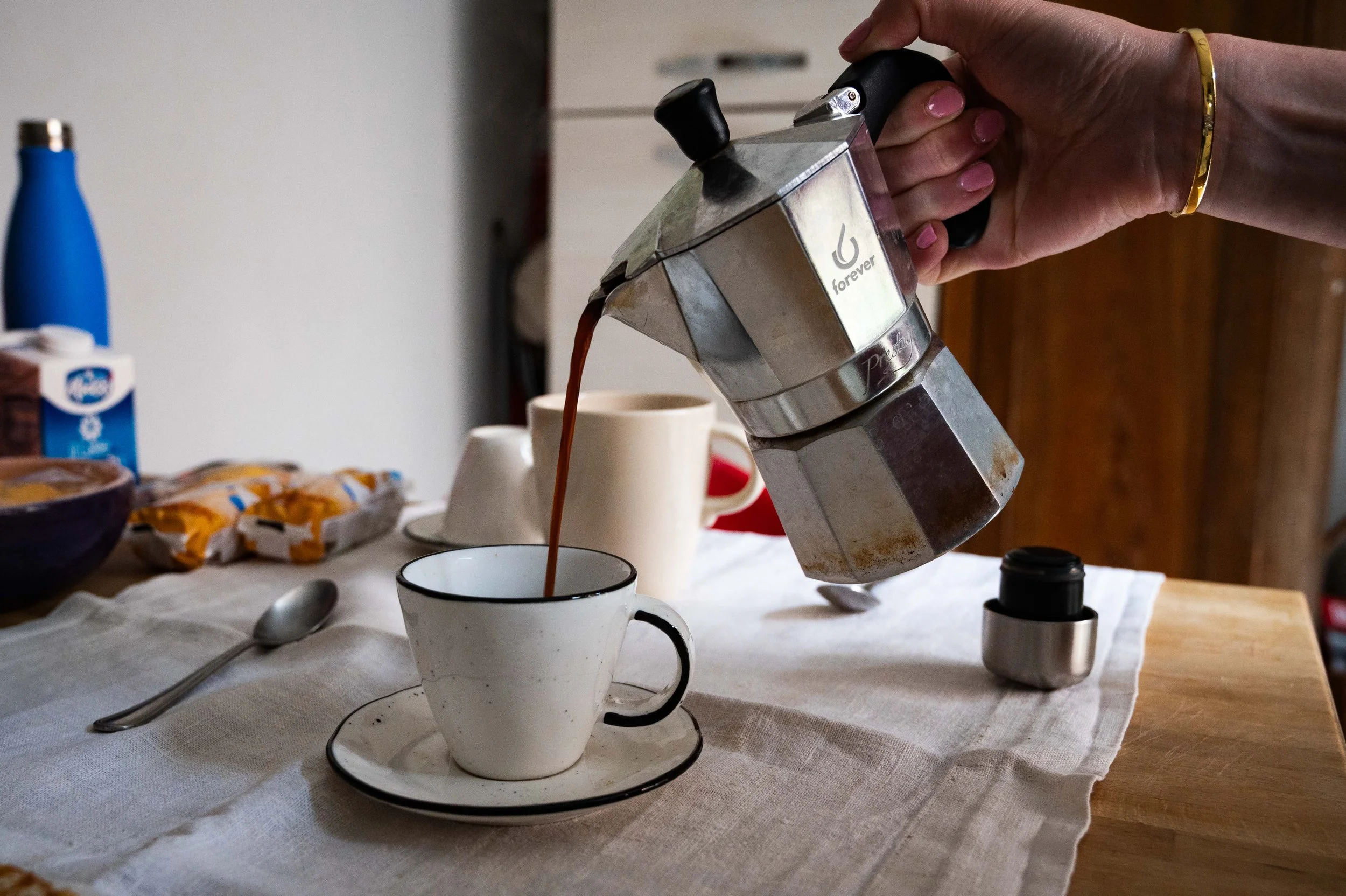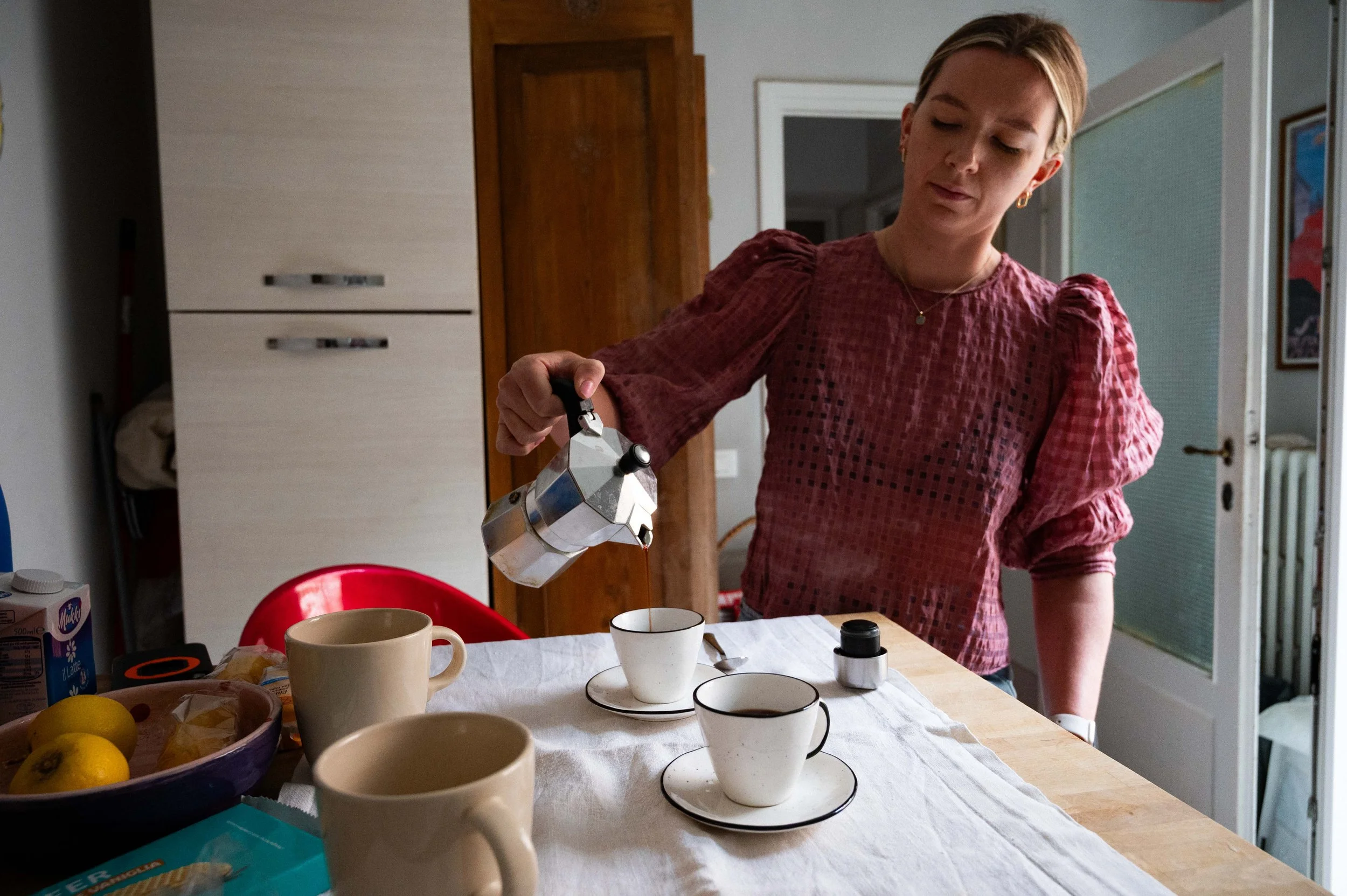How to Order Coffee in Italy and Drink It Like a Local
Learn how to drink coffee like an Italian – from espresso etiquette to brewing tips in your Airbnb.
Coffee in Italy is more than a morning ritual. It's a cultural cornerstone, a symbol of connection, simplicity, and daily rhythm. But for travellers used to flat whites and caramel lattes, Italian coffee can feel like a different world. This guide will help you navigate the bars, understand the menu, and even make a decent caffè at home while exploring the country.
Don’t order a ‘latte’ in Italy … it’s highly likely you will simply get a cup of milk
Italian Coffee Culture Explained
Coffee in Italy is quick, standing, and often intensely local. Italians typically drink it:
At the bar (counter), not sitting down unless they’re paying more.
In small doses, usually an espresso or macchiato.
Throughout the day, but with strict rules around what to drink and when.
The most important rule that you’ve probably heard of is that milk-based coffees (like cappuccino) are for breakfast only.
Order a cappuccino after 11 am, and you might get a confused, judgmental look from the barista.
Types of Italian Coffee
If you’re staring at a bar wondering what to for, here’s a quick cheat sheet to help you decode the classics:
Caffè: This means espresso. If you just say “un caffè”, this is what you’ll get. A small, intense shot served in a tiny cup.
Caffè Doppio: A double espresso. Not common, but if you need it, ask.
Caffè Lungo: Literally “long coffee”. It’s an espresso pulled with more water, making it milder and slightly larger than a standard caffè.
Ristretto: A "restricted" espresso — same amount of coffee, less water. It’s shorter, stronger, and more concentrated than a standard caffè.
Cappuccino: ⅓ espresso, ⅓ steamed milk, ⅓ milk foam. Breakfast only.
Caffè Macchiato: Espresso “stained” with a little milk foam.
Latte Macchiato: Steamed milk with a small amount of espresso poured on top.
Caffè Latte: A milky coffee served in a glass. Still a morning drink. Make sure you specificy CAFFE Latte.
Caffè Americano: Espresso diluted with hot water. Similar to what non-Italians might call ‘coffee’.
Caffè Corretto: Espresso “corrected” with a splash of liquor – grappa, sambuca or brandy.
Caffè Freddo: Iced coffee – sweetened and shaken, especially in summer.
Caffè Crema: A frozen, slushy-style coffee drink, usually sweetened and served ice-cold, popular in Italian cafés during the summer.
Shakerato: Espresso shaken with ice and sugar, served cold and frothy – a summer favourite.
Affogato: A scoop of vanilla gelato “drowned” in a hot shot of espresso. Half dessert, half coffee, fully delicious.
What About Piccolo and Cortado?
These drinks are beloved in the UK, Australia, New Zealand, and Spain — but they’re not part of traditional Italian coffee culture. If you order one in a typical Italian bar, you’ll likely get a puzzled look.
Piccolo: A ristretto topped with steamed milk — similar to a mini flat white.
Cortado: An espresso “cut” with a small amount of warm milk. Spain’s version of a mellow espresso.
For something close to a cortado in Italy, try a caffè macchiato. For a milkier experience, go for a caffè latte or latte macchiato — but only in the morning.
How to Order Coffee Like a Local
In Italy, coffee is not a sit-down-and-chat affair. It’s fast, functional, and usually enjoyed standing at the bar. Locals pop in, grab their caffeine fix, and carry on with their day — the whole thing often lasts under two minutes.
Here’s how to do it the Italian way:
Walk up to the counter and order directly. A quick “Un caffè, per favore” is all you need.
Drink it standing at the bar. That’s the norm — sitting down usually costs more.
Pay after. In most places, especially small bars, you just settle up after drinking.
Don’t expect takeaway cups. Coffee isn’t meant for sipping on the go — it’s a moment to pause, even if just for 30 seconds.
Coffee should cost around €1 for a standard espresso. If you’re paying €2 or more, you’re either sitting down, in a touristy area, or at a fancy speciality spot.
Coffee & Pastries: The Classic Italian Breakfast
Forget eggs and toast — in Italy, breakfast is light, sweet, and usually enjoyed quickly at the bar.
Most locals start their day with:
A cappuccino or caffè latte — always in the morning, never after a meal.
And a cornetto — a flaky pastry similar to a croissant, but often sweeter and softer.
Cornetti come with a variety of fillings. Some common ones include:
Vuoto: plain (literally “empty”)
Crema: filled with custard
Marmellata: jam (usually apricot or cherry)
Cioccolato: chocolate
Pistacchio: if you’re lucky!
This classic combo rarely costs more than €2.50–€3 in a local bar — if you’re paying more, you’re either seated or in a tourist-heavy area.
It’s quick, affordable, and one of the most authentic ways to start your morning in Italy — standing shoulder to shoulder with locals, pastry crumbs on the counter, and the hum of espresso machines in the background.
What to Expect in Italian Coffee Bars
No menus: Locals know what they want. Coffee is rarely listed on a board.
No queues: People order by making eye contact with the barista. It's a fluid system.
Fast service: Coffee is ready in seconds.
Cheap prices: Espresso costs around €1 if drunk at the bar.
Locals only? Don’t be intimidated – Italians appreciate foreigners who try to order correctly.
Brewing Italian Coffee in Your Airbnb - The Moka Pot (Caffettiera)
The humble moka pot is a staple in almost every Italian kitchen — and it’s likely you’ll find one in your Airbnb. This stovetop coffee maker brews rich, strong coffee that’s similar to espresso (though without the crema), and it’s a brilliant way to enjoy a proper Italian cup at home. If your place doesn’t have one, you can pick one up in most supermarkets for around €10–€20.
How to Use a Moka Pot: Step-by-Step
Fill the bottom chamber with water, stopping just below the safety valve. Never fill above the valve — it’s there for a reason.
Add coffee to the filter basket using a medium-fine grind. Fill it to the top, level it off, but don’t tamp it down. Then place the basket into the water chamber.
Screw on the top part of the moka pot tightly and place it on the hob over medium heat.
Leave the lid open so you can see the coffee as it begins to brew. This helps you monitor the flow and avoid burning it.
Watch for the gurgle. As the water heats, it will be forced through the coffee and up into the top chamber. You want a steady, smooth flow — if it starts sputtering or bubbling aggressively, turn down the heat or take it off the hob briefly to settle.
Once the flow stops, remove the pot from the heat. Your coffee is ready to pour and enjoy.
☕ Pro tip: Always rinse the moka pot with warm water — never use soap. Not only does it affect the flavour, but in Italy, scrubbing your moka pot squeaky clean is practically a crime.
Buying the Right Coffee for Your Moka Pot (If Your Airbnb Doesn’t Have Any)
If your Airbnb hasn’t stocked the essentials, don’t worry; Italian supermarkets make it easy to find coffee grounds specifically designed for Moka pots. Just look for labels like “macinato per moka” or “miscela per moka” on the packet.
Popular Italian brands to look out for:
Lavazza
Illy
Kimbo
Segafredo
Mokarabia
You want a medium-fine grind — not as fine as espresso, not as coarse as filter coffee. Avoid beans unless you’ve got a grinder ( in which case definitely grind them yourself), and skip anything labelled for “espresso machines” as it may be too fine and clog the moka.
Final Tips for Coffee Lovers in Italy
Don’t expect huge coffee shop chains – Italy is built on independent bars.
Forget your syrups, alt-milks and pumpkin spice.
Drink little, often, and enjoy the ritual.
Embrace the bar counter as a social hub.


